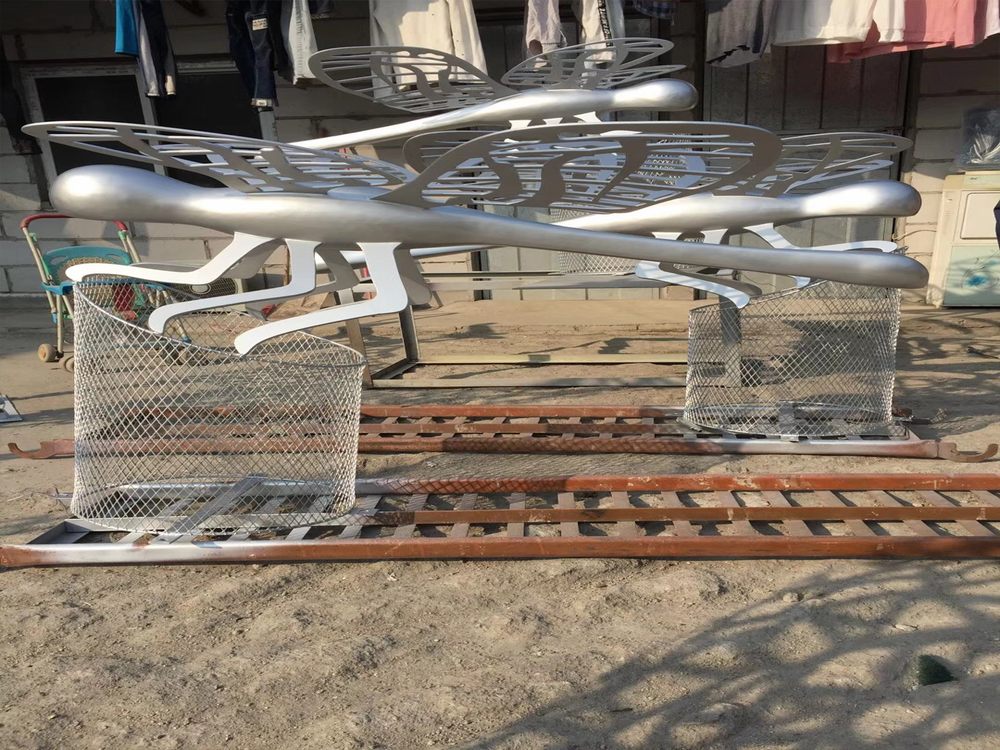
Creating porcelain sculptures with dynamic poses is a complex art form that demands both technical skill and creative vision. Artists address this challenge through a combination of meticulous planning, innovative techniques, and deep understanding of the material's limitations.
One key approach is the use of armatures—internal support structures made of wire or clay—to stabilize delicate limbs and flowing forms. These are carefully designed to bear the weight of the sculpture while allowing for graceful movement in the final piece. Many sculptors also work in sections, creating individual components that are later assembled to achieve the desired dynamism.
The properties of porcelain itself present unique challenges. Its tendency to warp and shrink during firing requires artists to anticipate these changes when designing dynamic compositions. Some use high-porcelain clay bodies with added grog or paper fiber to improve structural integrity for ambitious poses.
Surface texture plays a crucial role in conveying motion. Artists employ techniques like delicate carving, strategic glaze application, and intentional tool marks to create visual movement that complements the physical pose. The interplay of light on these surfaces further enhances the sense of dynamism.
Contemporary artists are pushing boundaries with new approaches, including 3D-printed porcelain elements and mixed-media installations that allow for even more expressive poses. Through constant experimentation and respect for traditional methods, today's ceramic artists continue to expand the possibilities of dynamic porcelain sculpture.

